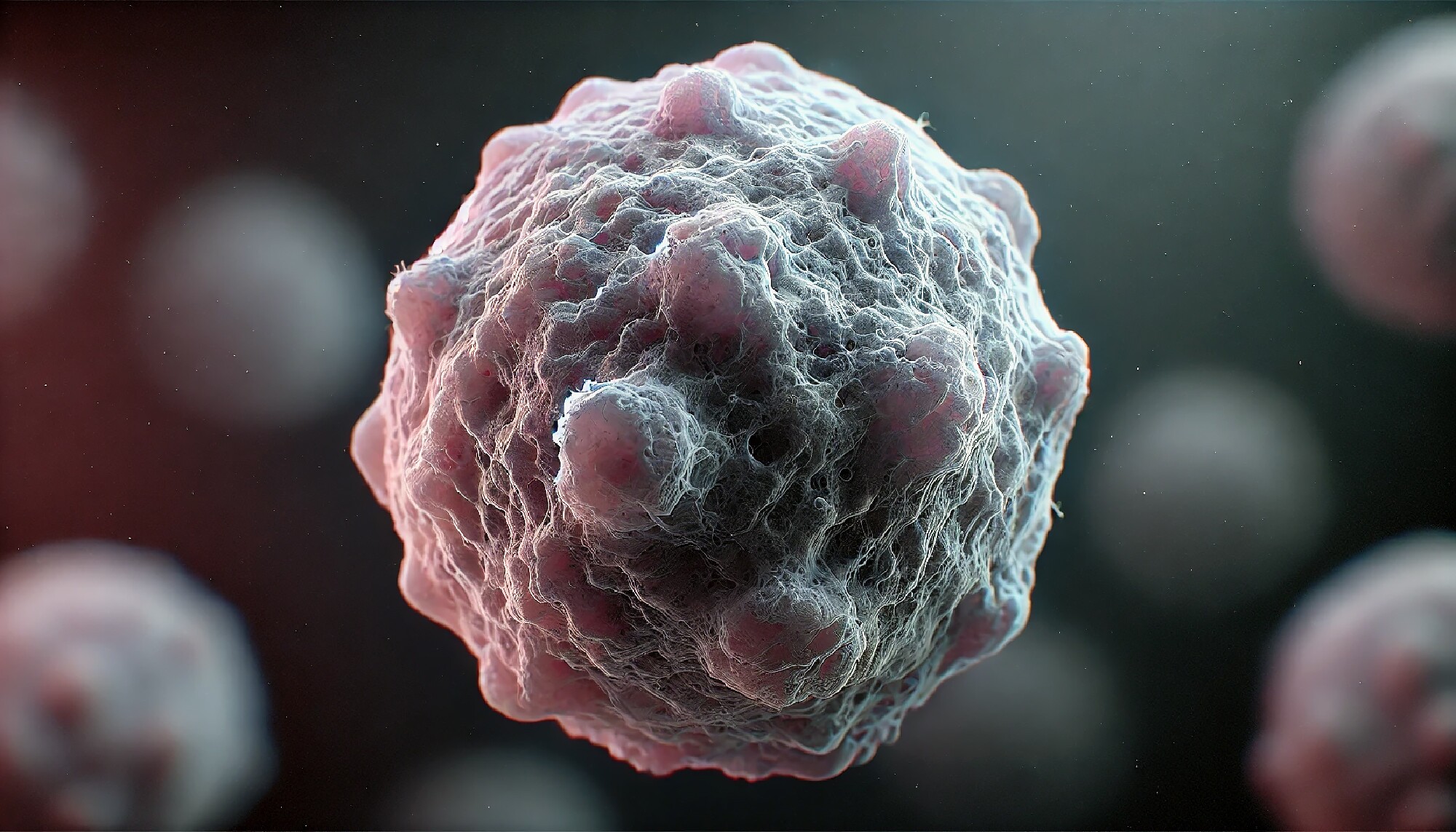Alopecia Areata: Unveiling the Mystery of Hair Loss
Alopecia areata is an autoimmune disorder that affects millions worldwide, causing hair loss in patches. Despite its prevalence, alopecia areata remains shrouded in mystery for many. In this blog post, we aim to shed light on this condition, exploring its causes, symptoms, and available treatment options. We will also address the emotional impact of hair loss and offer support and resources for those navigating this challenging journey.
What is Alopecia Areata?
Alopecia areata is an autoimmune disease where the body’s immune system mistakenly attacks the hair follicles, leading to hair loss. This can occur on the scalp, face (including eyebrows and eyelashes), or other parts of the body. While the exact cause is unknown, it is believed to be triggered by a combination of genetic and environmental factors.

The hair loss usually starts suddenly, with round or oval patches of baldness appearing on the scalp. These patches can vary in size and may come and go over time. In some cases, the hair loss can be more extensive, leading to total hair loss on the scalp (alopecia totalis) or the entire body (alopecia universalis).
Causes of Alopecia Areata
While the precise cause remains elusive, several factors are believed to contribute to the development of alopecia areata:
- Genetics: Research suggests that individuals with a family history of autoimmune diseases, such as alopecia areata, are at higher risk.
- Environmental triggers: Stress, illness, or trauma are thought to play a role in triggering or exacerbating alopecia areata in susceptible individuals.
- Immune system dysfunction: An overactive immune system mistakenly identifies hair follicles as foreign invaders and attacks them, leading to hair loss.
Symptoms of Alopecia Areata
The most common symptom of alopecia areata is patchy hair loss. The patches are usually round or oval, smooth, and may feel slightly itchy or tingly. In addition to hair loss, some individuals may experience:
- Nail changes: Pitting, ridging, or discoloration of the nails.
- Skin changes: Small white spots or bumps on the scalp or other areas of hair loss.
- Emotional distress: Hair loss can significantly impact self-esteem and emotional well-being.
Diagnosing Alopecia Areata
Diagnosing alopecia areata typically involves a combination of:
- Medical history review: To assess family history of autoimmune diseases and any potential triggers.
- Physical examination: To examine the scalp and other areas of hair loss.
- Scalp biopsy: In some cases, a small sample of scalp tissue may be taken to confirm the diagnosis.
- Blood tests: To rule out other possible causes of hair loss, such as thyroid problems or iron deficiency.
Treatment Options for Alopecia Areata
While there is no cure for alopecia areata, several treatment options are available to help manage the condition and promote hair regrowth:
- Topical medications: Corticosteroids, minoxidil, or anthralin can be applied to the scalp to stimulate hair growth.
- Injections: Corticosteroid injections into the affected areas can suppress the immune response and promote hair regrowth.
- Oral medications: Corticosteroids, methotrexate, or cyclosporine may be prescribed to suppress the immune system and promote hair regrowth in more extensive cases.
- Light therapy: Exposure to ultraviolet light may help stimulate hair growth.
Living with Alopecia Areata
Coping with alopecia areata can be emotionally challenging, but there are ways to navigate the journey and maintain a positive outlook:
- Seek support: Talk to friends, family, or a therapist about your feelings and concerns.
- Join support groups: Connecting with others who are experiencing alopecia areata can provide valuable support and resources.
- Consider cosmetic options: Wigs, hairpieces, or scarves can help you feel more confident and comfortable.
- Practice self-care: Engage in activities that promote relaxation and well-being, such as yoga, meditation, or spending time in nature.
Conclusion
Alopecia areata is a complex condition that can significantly impact those affected. By understanding its causes, symptoms, and treatment options, individuals can make informed decisions about their care and find ways to cope with the emotional challenges of hair loss. Remember, you are not alone in this journey, and there are resources available to help you thrive.

